In Iran, films must conform to the government’s strict interpretation of Islam to be screened in theatres. This means that the skin of male and female characters can never touch, among many other restrictions. Irani Bag, created by the Iranian artist Maryam Tafakory, explores how prop bags are used as ‘mediators of touch’ in Iranian cinema. The video essay features a collection of scenes from 1990 to 2018 in which bags stand in for hands, be they affectionately held, momentarily connecting or violently attacking. Through this framework, Tafakory provides a shrewd and stylish analysis of the how the language of Iranian film mediates between human nature and the country’s censorship. For some cinephiles, the piece may bring to mind the Hays Code that governed filmmaking in Hollywood in the early to mid-20th century, providing a reminder that every popular art form is subject to rules that artists work within and around.
‘Bags here are rarely innocent’ – how filmmakers work around censorship in Iran
Director: Maryam Tafakory
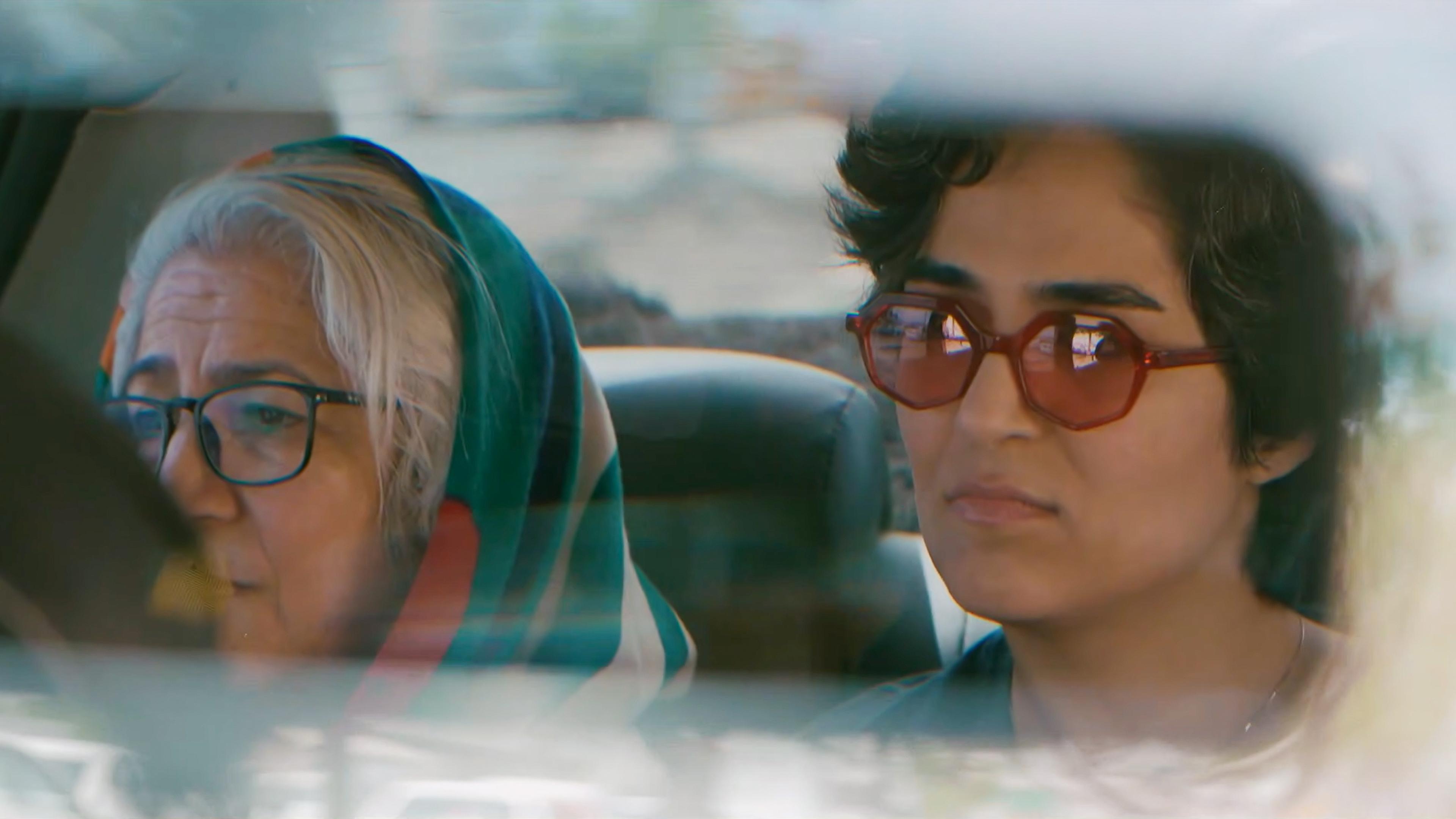
videoGender
In an act of resistance, Elahe forgoes a hijab at a family party
27 minutes

videoHuman rights and justice
Surreal, dazzling visuals form an Iranian expat’s tribute to defiance back home
10 minutes

videoChildhood and adolescence
Marmar is living through a devastating war – but she’d rather tell you about her new dress
8 minutes
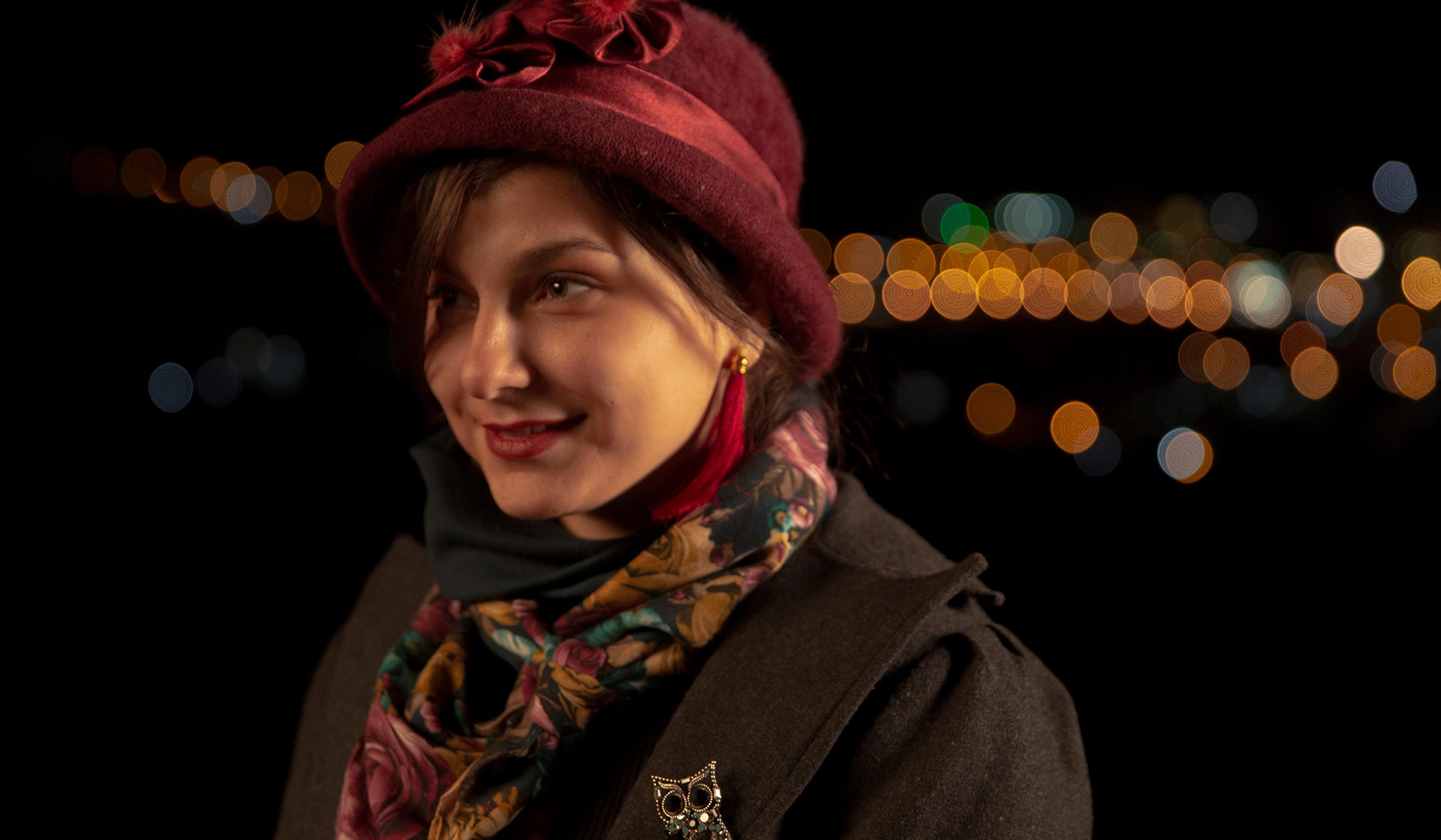
videoLife stages
At 14, Asal is excited about her engagement. Her relatives all have their own opinions
33 minutes
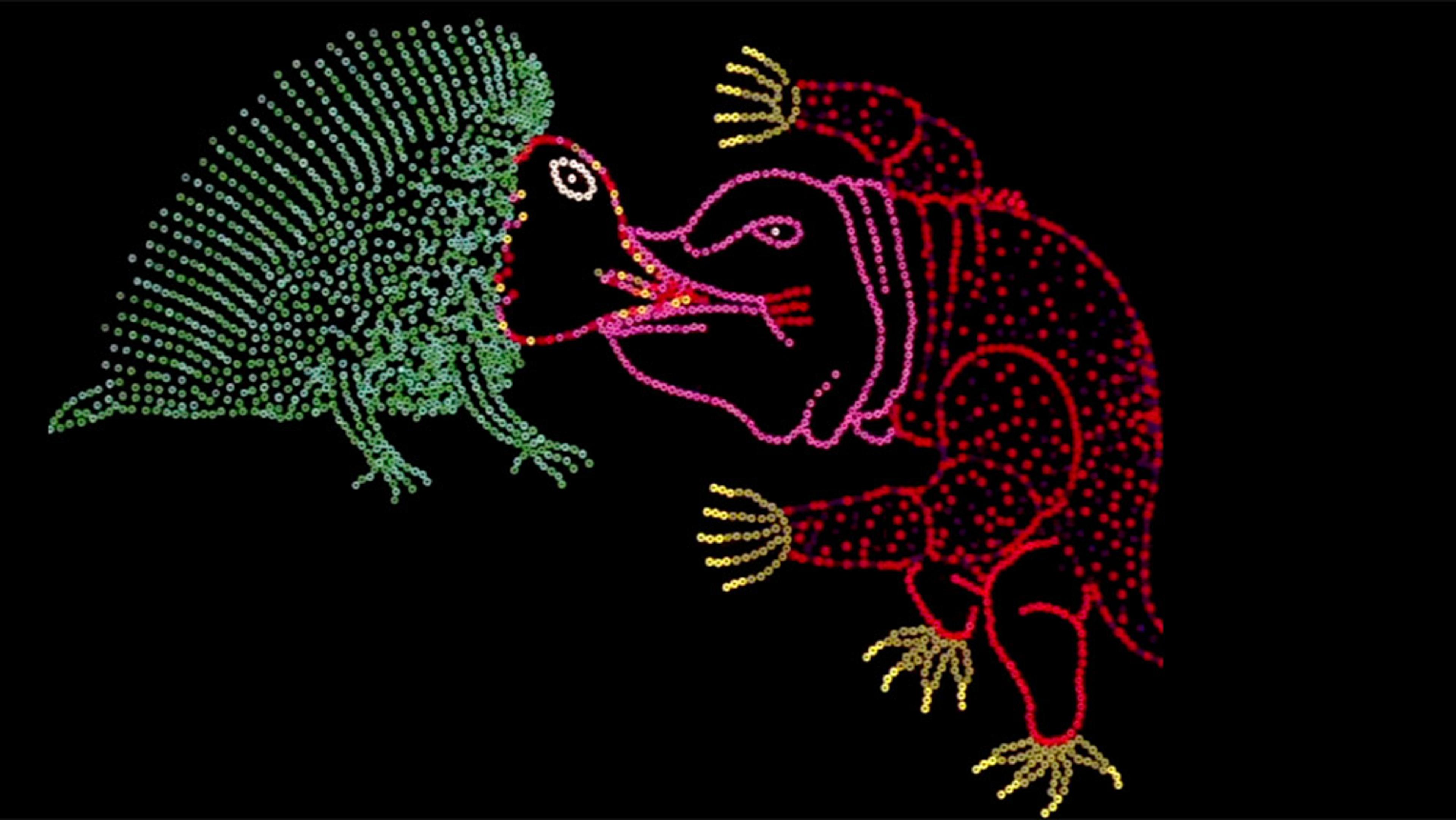
videoFilm and visual culture
It’s a beautiful, brutal life in this award-winning animation from 1977
6 minutes
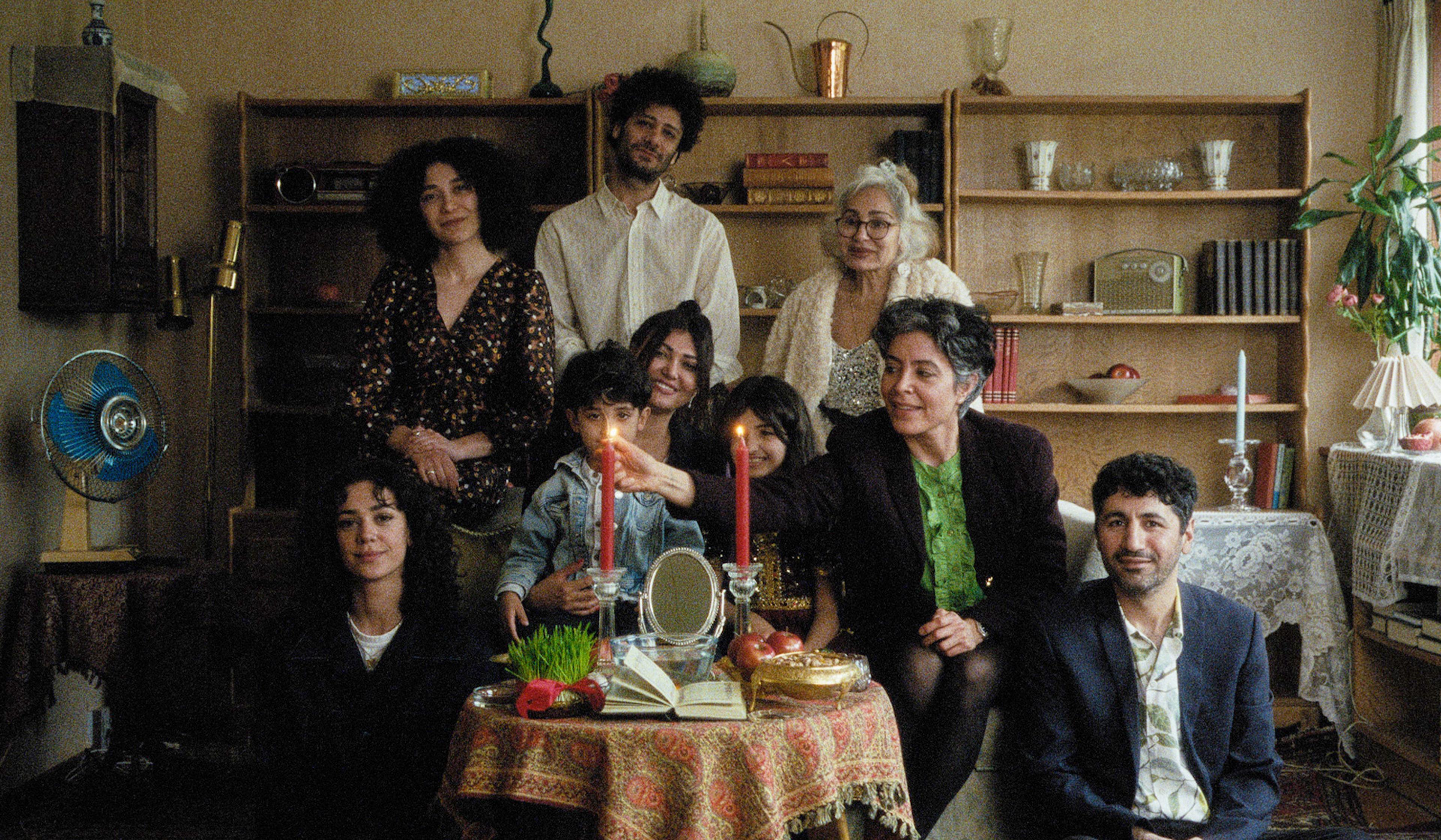
videoRituals and celebrations
A beginner’s guide to a joyful Persian tradition of spring renewal and rebirth
3 minutes
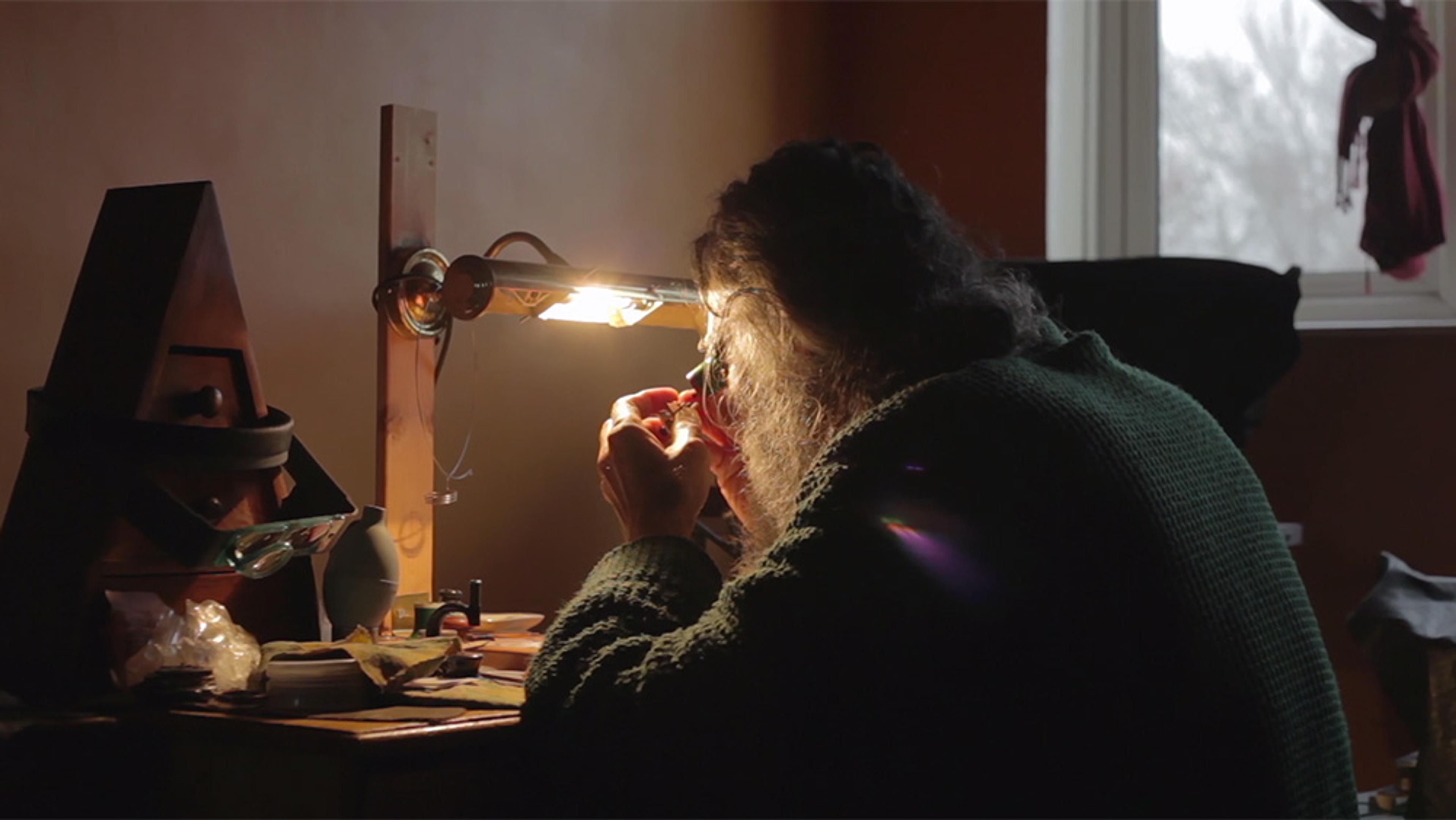
videoBeauty and aesthetics
Finding chaos and precision in all things – a philosophy of watchmaking
9 minutes

videoGender
A filmmaker responds to Lars von Trier’s call for a new muse with a unique application
16 minutes
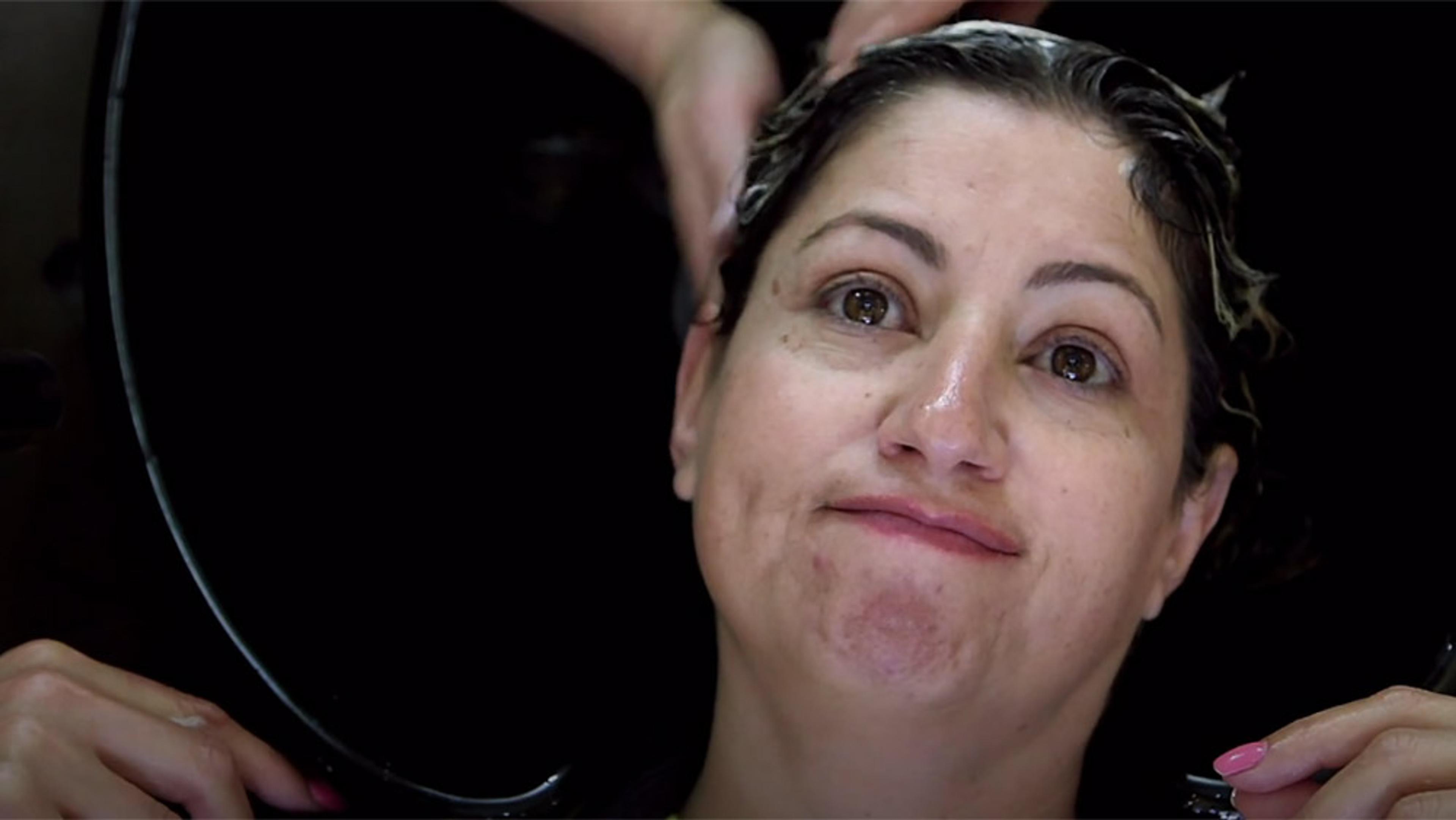
videoSocial psychology
Sink-side diplomacy: a Jewish Israeli filmmaker gets a job at an Arab hair salon
7 minutes